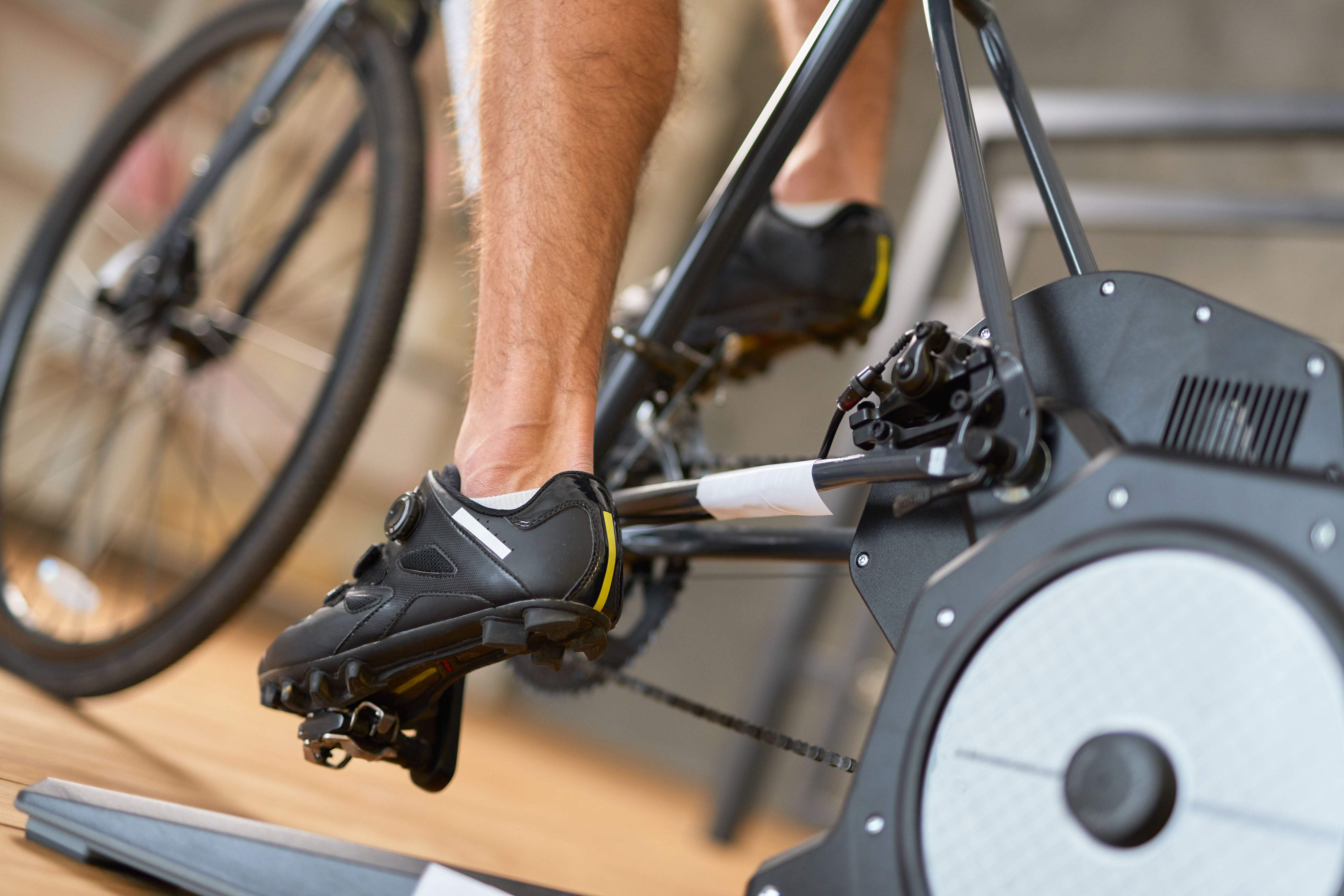Our Director of Marketing, Daniel, talks through some of the (relatively) recent major home fitness changes and how we can help you keep pace.
As I stood there in my basement, contemplating my choice to put down the bag of cookies and instead, redline my body in an attempt to regain some manner of fitness after an all-too-long break from high level competition, I marveled at the changes the home fitness industry has gone through in the past several years. It wasn’t long ago, that my options for indoor cycling were to strap my bike into a wheel on trainer at a fixed resistance or attempt to not die on rollers while simultaneously trying to focus on my workout and not on the excruciatingly slow pace of the clock once I hopped on the trainer. I’m beginning to see why I picked up that bag of cookies in the first place… Now, when I swing my leg over my bike, there are more than a dozen app choices, and when coupled with one of the cheapest fans a killer fan, I can feel immersed in my ride. I can train with my friends across the globe. I can climb up Mont Ventoux! My workouts don’t seem to crawl by anymore either, they go by almost as quickly as an outdoor ride...almost.
The same holds true for running, there are more and more ways every day for us to connect with our friends across the world and be immersed in a virtual training environment to add that missing link of pleasure to an indoor sweat sesh. But what about connecting to those apps? Do you really need to go out and buy the latest and greatest treadmill or smart trainer? Chances are, not necessarily, especially for running. Let’s dive in and take a quick look at that in a little more detail.
First off is running, as this one is the simplest. To help get the mental juices flowing, here’s a picture of our treadmill in the office. It’s from a time when “smart treadmill” just meant that an intelligent person was exercising. There’s no Bluetooth, no C-Safe port, no ANT+. But what it DOES do, is function just fine as a barebones treadmill, which is a perfect example for our look at fitness equipment today. Let’s say I want to connect this thing to Zwift, all I need to do is either get a Bluetooth enabled footpod, which uses an algorithm based on an assumed leg/stride length to measure speed, use a Bluetooth capable smart watch, which uses a similar algorithm to measure speed, OR I could use the NPE Runn Smart Treadmill sensor which uses optical sensors to measure the actual belt speed and transmits in both Bluetooth and ANT+. All the options above can be had for relatively inexpensively, with the Footpod and Runn sensor coming in under $100. Regarding which works best, well, last time I assumed something…you know…so I would personally prefer to opt for the piece of tech that measures speed from the thing actually making speed, not assuming something about my particular body geometry. The Runn is the clear winner here, plus it measures incline and cadence as well.
Indoor cycling is a little trickier. You AT LEAST need something that measure power, something to hold your bike in place, and a way to get the data into a training app. Many legacy, well most, legacy power meters only broadcast in ANT+. Most new smart trainers use Bluetooth. Cycling speed and cadence sensors come in a variety of both ANT+ and Bluetooth. Aaand every training app uses Bluetooth. On top of that, if you’re using multiple devices (say, a trainer/power meter, heart rate monitor, and cadence sensor, which is a very common setup) and connecting to your Apple TV, you can only choose 2 of those devices to connect because the Apple TV only allows for 2 Bluetooth connections. Hm. If you’re thinking “this sounds complicated” and feel like reaching for that bag of cookies, you’re not alone. It IS very complicated and something we have spent years perfecting. Using our WYÛR, you can connect legacy (or virtually any) ANT+ device and virtually any Bluetooth device, group it into one stream, and connect as many devices as you want to your Apple TV or just get ANT+ data into your virtual training app, cycling head unit, or other creative connection. The WYÛR also works as a standalone speed or cadence sensor while doing all of that other stuff (as if you needed more reasons to use it).
So, let’s sum up here. If you have some legacy devices, have a virtual training app you’re wanting to use, and don’t want to drop wads of hard-earned cash replacing your functioning equipment just to get that connectivity, look no further! We’ve likely got a solution for you. Oh, and the best part about our connectivity solutions? They all come pre-loaded with our heartbeatz tech, so you can use your Apple Watch as a standard Bluetooth or ANT+ heartrate monitor. Yep, that’s right, and it’s super easy to do.
Put down the cookies, hook up your devices, and get moving along on that fitness journey!
